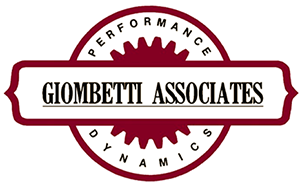
In today’s unpredictable world, resilience is no longer a “nice to have;” it’s a must-have. From economic shifts and talent shortages to remote work and constant industry disruptions, change is the only constant. Organizations that can adapt, recover and thrive in the face of stress or disruption don’t just survive, they lead. That’s the power of organizational resilience.
So, what sets resilient organizations apart? Let’s break it down.
What Resilient Organizations Have in Common
At their core, resilient companies are guided by clear values and a mission that act as a compass during turbulent times. Their leaders are adaptable—able to communicate clearly, pivot quickly and lead with empathy.
These organizations empower teams at every level. People feel trusted to make decisions, own outcomes and contribute ideas. Their cultures are rooted in trust, accountability and learning, making it safe to try, fail and grow. Finally, their systems and structures aren’t rigid—they’re built to flex and evolve without breaking.
How Resilient Is Your Organization?
It’s worth asking a few key questions:
- When change hits, do we adapt quickly or get stuck?
- Do employees feel safe to speak up with concerns or ideas?
- Do we plan ahead for potential disruptions, or react after the fact?
If your answers raise red flags, don’t worry. Resilience can be developed. Here’s how.
5 Practical Ways to Build Organizational Resilience
1. Strengthen Leadership Agility
Train leaders to make confident decisions with imperfect info. Model clear, calm communication, especially when things are uncertain.
2. Build a Culture of Continuous Learning
Encourage ongoing development and self-reflection. Create space for learning from missteps instead of punishing them.
3. Empower Teams at All Levels
Decentralize decision-making where possible. Recognize and reward initiative, not just results.
4. Prioritize Mental Wellness and Support
Support your people with mental health resources, manageable workloads and flexible options.
Normalize open conversations about stress and burnout.
5. Review and Reinforce Systems
Audit your policies, tools and processes regularly. Are they flexible enough? Build in backups like cross-training to avoid single points of failure.
Organizational resilience isn’t a one-time fix—it’s an ongoing practice. But the payoff is real: a stronger, more adaptable organization that can face the future with confidence.
Is Your Organization Ready for What’s Next?
Let’s talk. We offer leadership workshops, team development programs and strategic consulting to help you build a workplace that’s resilient, agile and ready for whatever comes next.
